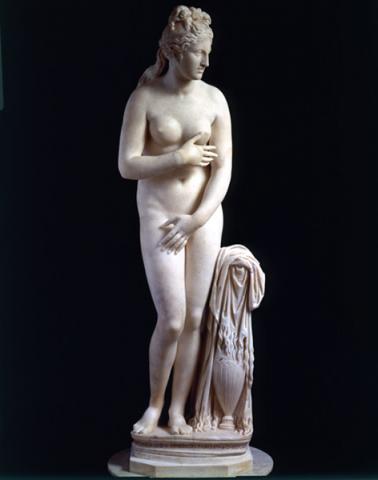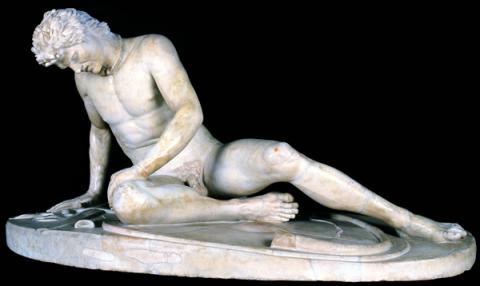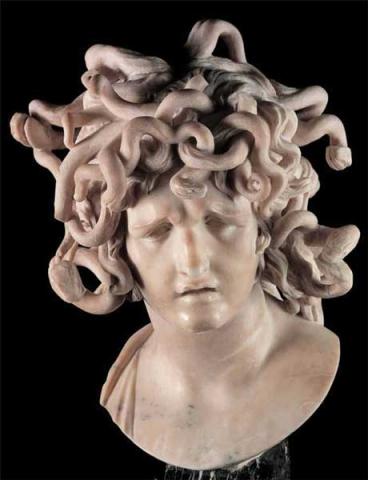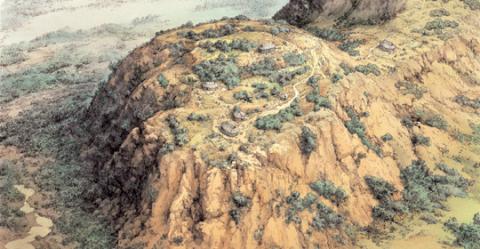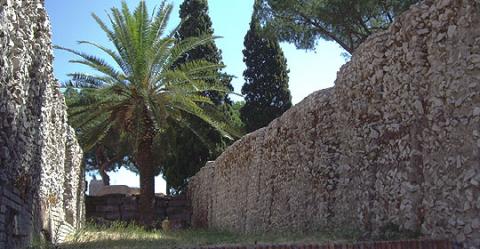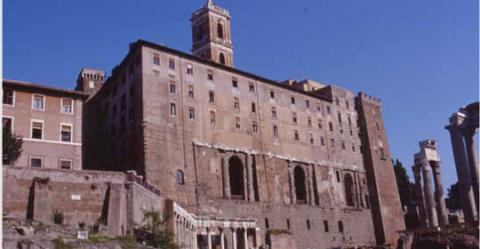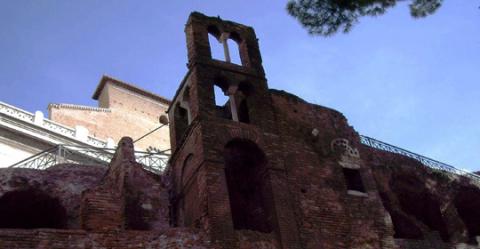Ancient Capitol
The Capitoline Hill is the smallest hill in Rome and was originally made up of two parts (the Capitolium and the Arx) separated by a deep valley which corresponds to where Piazza del Campidoglio now stands about 8 metres above the original site.
The sides of this hill were very steep and on account of the difficulty of reaching the top and the dominating position it enjoyed over the River Tiber, it was chosen as the city's main stronghold.
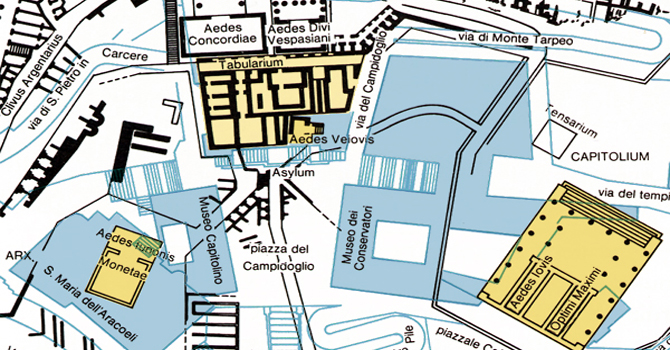

The main buildings faced the Ancient Roman Forum, from which a carriageable road known as the Clivus Capitolinus led up the hill to the Temple of Jupiter Optimus Maximus, the most important and imposing temple in Rome.
In addition to this temple and those dedicated to Juno Moneta, Veiovis and in the Area Capitolina, the Capitoline Hill was the headquarters of the Public Roman Archive (Tabularium) and, in Republican Age, of the Mint.
Many ancient ruins can be seen along the Museums' exposition routes while others can be viewed in the open air on the hill where they still stand.



























